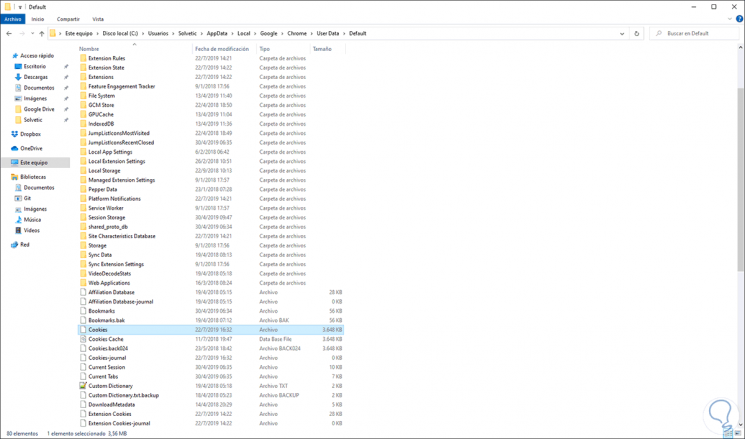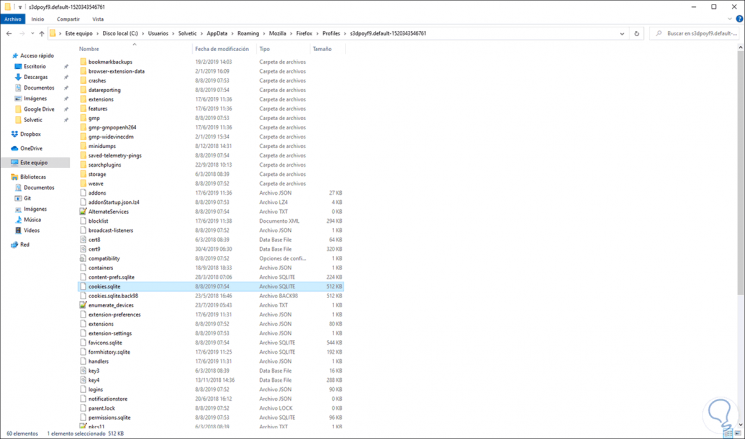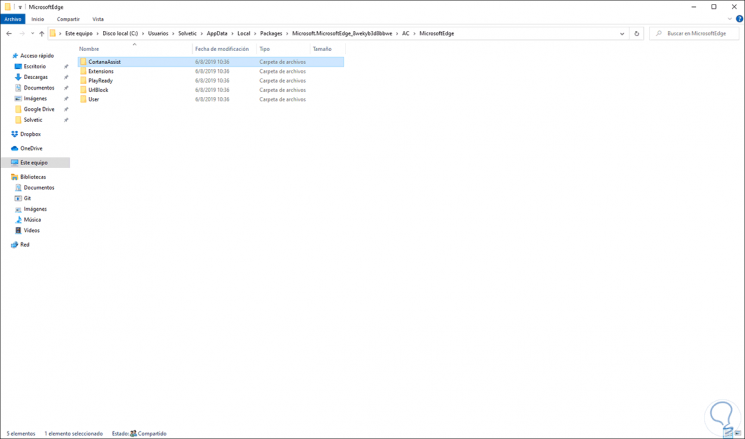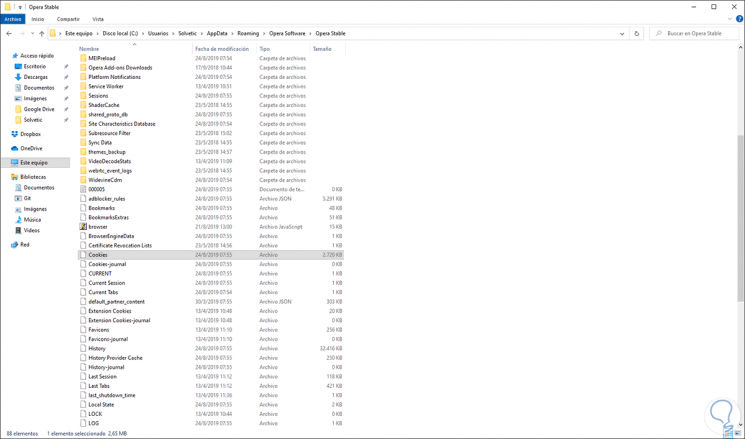When we browse the internet , we generate a series of information about those sites we visit. This information is what we know as cookies. A cookie is basically a file that has been created by the website and within which small pieces of data are housed and this file is shared bidirectionally between a sender and a receiver ( our browser and the website)..
The essential objective of a cookie is to identify our user by storing and hosting the activity history of said website, this allows the website to identify the usual uses on that page and based on this offer the best content alternatives to the user.
Type of Cookies
Remember that at the web level there are some types of cookies such as:
- Zombie cookies which have the ability to regenerate once they have been deleted from the system since they are hosted on the system but not directly in the browser.
- Secure cookies which store the information using encryption methods in order to prevent stored data from being open to malicious attacks and this type of cookies is only used in HTTPS connections.
- Session cookies which, as the name says, are the cookies of each session initiated in the browser and these will be deleted when the browser is closed.
- Persistent cookies which are the most frequent and have the mission of tracking all user processes by storing information about everything they do on the website based on a certain period of time, these persistent cookies are deleted when the data of the user is deleted browser used
Today TechnoWikis will not explain how to delete cookies in traditional browsers but will show you where they are hosted for proper administration of them..
If you do not have any of the browsers mentioned we give you the links for download:
Google Chrome
Mozilla Firefox
Opera
Microsoft Edge is integrated by default in Windows 10.
1. Where Chrome Cookies are stored
Google Chrome hosts all cookies in a file called "cookies", this is found in the following path:
C: \ Users \ user \ AppData \ Local \ Google \ Chrome \ User Data \ Default

2. Where Firefox Quantum cookies are stored
In the case of the last Firefox browser, it will host all the cookies of the sites visited in a file called cookies.sqlite which we find in the following route:
C: \ Users \ user \ AppData \ Roaming \ Mozilla \ Firefox \ Profiles
There we find the folders with the current user profiles:

When accessing the desired profile we find the file cookies.sqlite:

3. Where Microsoft Edge cookies are stored
Edge is the default integrated browser in Windows 10 and you must understand that in the latest versions of Windows 10, Microsoft Edge does not have a cookie file to access and the reason for this is that Microsoft will make your browser cookies only available through programming through application programming interfaces (APIs) designed for it.
But if you handle a version of Windows 10 prior to the 1709 Fall Creators Update edition, Microsoft Edge cookies will be available in the following paths:
C: \ Users \ user \ AppData \ Local \ Packages \ Microsoft.MicrosoftEdge_8wekyb3d8bbwe \ AC \ MicrosoftEdge \ Cookies
C: \ Users \ user \ AppData \ Local \ Packages \ Microsoft.MicrosoftEdge_8wekyb3d8bbwe \ AC \ #! 001 \ MicrosoftEdge \ Cookies
C: \ Users \ user \ AppData \ Local \ Packages \ Microsoft.MicrosoftEdge_8wekyb3d8bbwe \ AC \ #! 002 \ MicrosoftEdge \ Cookies
In modern versions we do not find such cookies folder:

4. Where Opera cookies are stored
Opera is another of the browsers that is slowly becoming stronger among users for its benefits especially in terms of security, in this case Opera creates a file called "cookies" in the following route:
C: \ Users \ user \ AppData \ Roaming \ Opera Software \ Opera Stable

Windows 10 prior to Fall Creators
As an end point, if you still use a version of Windows 10 earlier than Fall Creators, Internet Explorer can still be used. In modern versions, it has been deleted by Microsoft Edge, so if you want to see cookies in Explorer and handle an old version you can go to the following route:
C: \ Users \ user \ AppData \ Local \ Microsoft \ Windows \ INetCookies
Windows 10 cookie files and folders are hidden and marked as protected system elements..